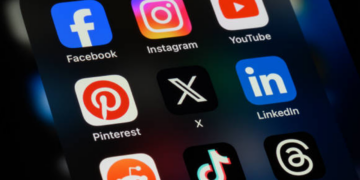Autonomous driving company Cruise and US regulators said on Thursday that the General Motors subsidiary had recalled software deployed on 80 vehicles after a June crash in San Francisco involving a Cruise car operating autonomously injured two people. The incident occurred one day after the state of California granted Cruise a permit to start a commercial driverless ride-hail service in the state. The flawed software was updated by early July, Cruise said in a filing with the US National Highway Traffic Safety Agency.
The crash occurred when a Cruise vehicle attempting to make an unprotected left turn across a two-lane street was struck by a car traveling in the opposite direction that was speeding in a turn lane. Cruise said in its NHTSA filing that its software had predicted that the other car would turn right, and determined that it was necessary to brake hard in the midst of its own vehicle’s left turn to avoid a front-end collision. But the other vehicle continued straight through the intersection, T-boning the now stationary Cruise car.
At least one person in the speeding vehicle and one Cruise employee riding in the autonomous vehicle were treated for injuries, according to a report that Cruise submitted to the California Department of Motor Vehicles in June. Cruise responded to the incident by putting its robot cars on a tighter leash until their software was updated. The company reduced the area of San Francisco the vehicles operated in, and barred them from making left turns altogether.
Cruise said in its NHTSA filing that the software update improves its self-driving software’s predictions, especially in situations like that which led to the crash. The company said it has determined that if the vehicle involved in the June 3 incident had been running the current software, no crash would have occurred.
The recall is just the NHTSA’s second to involve fully self-driving software. In March, the self-driving developer Pony.ai recalled three self-driving vehicles after it found a software error caused the system to shut down unexpectedly while its vehicles were in motion. The company said all affected vehicles were repaired. The increasing amount of software in vehicles means more and more vehicle recalls—even among human-driven cars—can be accomplished through over-the-air updates.
In a written statement on the Cruise recall, NHTSA head Steven Cliff said the agency continues to investigate crashes involving self-driving vehicles and will “ensure that vehicle manufacturers and developers prioritize the safety of pedestrians, bicyclists, and other vulnerable road users.” Cruise met with NHTSA officials multiple times to discuss the crash, according to the recall filing.
Cruise spokesperson Hannah Lindow said in a written statement that the software issue has been resolved. “Cruise AVs are even better equipped to prevent this singular, exceptional event,” Lindow wrote. Right now, Cruise’s service operates in 70 percent of the city between 10 pm and 6 am, except during rain or fog. Interested riders must apply to use the service. The robots can make left turns again.
Source by www.wired.com





























